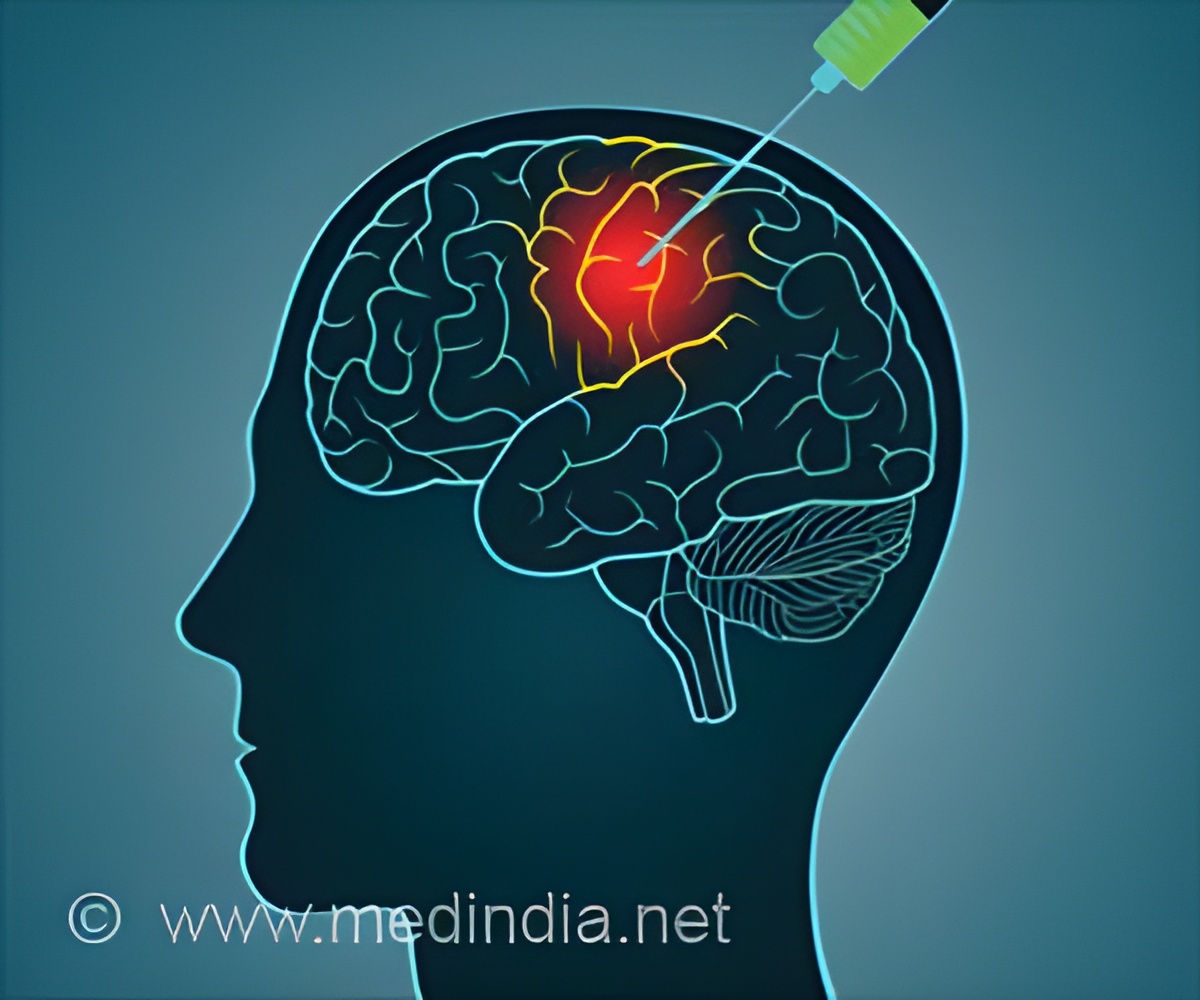
‘An electrode implanted in the brain can rebuild your confidence and boosts positive vibes, against depression’
Tweet it Now
Scientists so far have found it to be a real challenge in treating depression in women as it is quite a complex cerebral phenomenon. More than one-third of the patients did not respond to any type of treatment. This appeared to be the case for Sarah, a 38-year-old woman who, after trying more than 20 different medications, spending months in hospital therapy programs, and undergoing electroconvulsive therapy and transcranial magnetic stimulation, could have been forgiven for believing that her future remained bleak.
However, Sarah became the sole participant in an exclusive experimental therapy in what appeared to be a final attempt to treat the severe depression she had suffered since childhood. Strikingly, the results were astonishing.
It is possible to stimulate the deep bran by implanting electrodes in the skills, which is a conventional therapy, used to treat the brain disorders such as epilepsy or Parkinson's' disease. Even such therapies are not plausible in the case of treating actual depression in women.
Researchers from the University of California, San Francisco, didn't let that stop them. They implanted a battery-operated, matchbook-sized device in Sarah's brain, which some have dubbed a "pacemaker for the brain." The device was created to identify the neural activity patterns that were linked to Sarah's depression. It then used electrical pulses to keep the depression at bay.
Advertisement
The researchers discovered a specific pattern of activity in Sarah's amygdala region that they could use as a predictor for the onset of Sarah's lowest moments using a machine-learning algorithm (along with some trial and error). They also discovered that a short burst of electrical stimulation in the ventral striatum of Sarah's brain had a profound positive effect on her mood.
Advertisement
Sarah's score on a standard depression chart fell from 33 to 14 just twelve days after the device started working in August of last year. According to the researchers, it fell below 10 in the following months, indicating remission.
“The device has kept my depression at bay, allowing me to return to my best self and rebuild a life worth living,” said Sarah.
While the device has not eliminated the depression-related activity in Sarah's brain – she is supplementing her treatment with other medications – it has significantly improved Sarah's quality of life.
While this is an impressive achievement in the use of deep brain stimulation to treat severe depression, it's also worth noting the experimental study's highly individualized approach. The ultimate goal will be to improve the individualization process so that the findings can be replicated in other patients.
Source-Medindia












